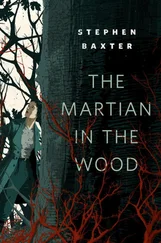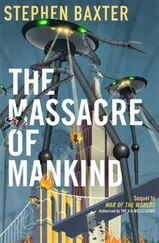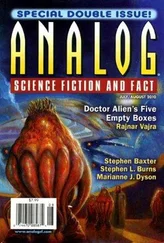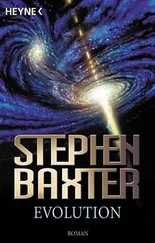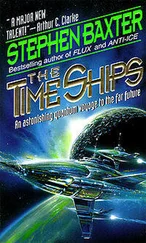The Ancestor ’ s Tale by Richard Dawkins, Weidenfeld and Nicolson, 2004. A compelling account of evolution—told backwards.
The Book of Life , ed. Stephen Jay Gould, WW Norton, 2003. Pictorial guide to the evolution of life on Earth.
Evolving the Alien by Jack Cohen and Ian Stewart, Ebury, 2002. Excellent discussion of the possibilities of alien biologies.
At Home in the Universe by Stuart Kauffman, Oxford University Press, 1995. The origin and development of life through autocatalytic chemistry.
The Fifth Miracle by Paul Davies, Allen Lane, 1998. Panspermia: how Earth life might have originated on Mars.
Life ’ s Solution: Inevitable Humans in a Lonely Universe by Simon Conway Morris, Cambridge University Press, 2003; Wonderful Life by Stephen Jay Gould, Hutchinson, 1989. The case for and against convergent evolution.
Mendel ’ s Demon by Mark Ridley, Weidenfeld & Nicolson, 2000. Argument that the evolution of multicellular life was improbable.
PART SEVEN: NA’VI
Late Stone Age Hunters of the British Isles by Christopher Smith, Routledge, 1992. Study of the hunter-gatherers of Britain’s Mesolithic.
The Music Instinct by Philip Ball, Bodley Head, 2010. Recent work on the biology of music.
In the Land of Invented Languages by Arika Okrent, Spiegel and Grau, 2009; The Klingon Dictionary by Mark Okrand, Simon and Schuster, 1992. Two references on artificial languages. A guide to the Na’vi tongue is at www.learnnavi.org.
Open Skies, Closed Minds by Nick Pope, Simon & Schuster, 1996. Entertaining perspective on the UFO controversy by the man once in charge of Britain’s “X-Files.”
The Eerie Silence by Paul Davies, Allen Lane, 2010. Excellent recent review of the status of the search for life beyond Earth.
The SETI League ( www.setileague.org) is a non-profit organisation established by SETI enthusiasts in 1994 following the cancellation of NASA’s SETI programme. David Brin has contributed some of the best academic work on the subject ( www.davidbrin.com).
Where is Everybody? by Stephen Webb, Praxis, 2002. Fifty solutions to the Fermi Paradox.
1491 by Charles Mann, Knopf, 2005. Eye-opening account of the first contact between the Old World and the New, and what followed.
Guns, Germs and Steel by Jared Diamond, Chatto & Windus, 1997. A striking study of the interrelation between geography and history.
Second Nature: The Inner Lives of Animals by Jonathan Balcombe, Palgrave Macmillan, 2010. Do Fish Feel Pain? by Victoria Braithwaite, Oxford University Press, 2010. Recent works on animal consciousness and the challenge of inter-species empathy. James Anderson’s work on chimp mourning was reported in Current Biology vol. 20, p351.
Brian J. Ford’s holistic theories about cells are reported in New Scientist , 24 April 2010.
Between Earth and Sky by Nalini Nadkarni, University of California Press, 2008. Up-to-date study of trees in all their aspects.
PART EIGHT: AVATAR
World Mythology ed. Roy Willis, Duncan Baird, 1993. A useful source regarding the mythic background of avatars.
The New Scientist link www.newscientist.com/channel/life/gm-foodis a good place to start on the mass of literature on GMOs and their application, and the controversy surrounding their use.
The Fabric of Reality by David Deutsch, Allen Lane, 1997. Contains thoughtful speculations on the limits of virtual reality and mind-machine interfaces.
“The Planetarium Hypothesis: A Resolution of the Fermi Paradox” by Stephen Baxter, Journal of the British Interplanetary Society , vol. 54, pp210–16, May/June 2001 (revised version in Exploring the Matrix , ed. Karen Haber, Byron Preiss Visual /ibooks, 2003). How we might be living in a computer simulation. See also “Are you living in a computer simulation?” by Nick Bostrom, Philosophical Quarterly vol. 53 pp243–55, 2003; www.simulation-argument.com.
Inside of a Dog by Alexandra Horowitz, Simon & Schuster, 2009. Very accessible account of a doggy sensorium and how it differs from ours.
“What Is It Like to Be a Bat?” by Thomas Nagel, The Philosophical Review vol. 83, pp435–50, 1974; http://members.aol.com/neonetics/nagel-bat.html. Classic paper on the mind-body problem.
Consciousness Explained by Daniel Dennett, Little, Brown, 1991. Dennett’s widely-discussed non-Cartesian theory of consciousness.
My Brain Made Me Do It by Eliezer Sternberg, Prometheus Books, 2010. A recent and provocative look at the lessons of the latest neuroscience concerning consciousness and free will.
The Age of Spiritual Machines by Ray Kurzweil, Viking, 1999. A vision of a future of enhanced human and artificial intelligence.
I’m very grateful to James Cameron, Jon Landau and their team for sharing their work with me for the purposes of this book and, still more precious, giving up some of their own time. It has been a privilege to get to know them and their work in some depth, and this book would not have been possible without their generosity. This book is a tribute to their exercise of disciplined imagination.
Thanks too to my publishers at Orion Books, including Paul Bulos, Malcolm Edwards and Rowland White, for a bright idea in the first place, and for hard work above and beyond the call of duty in making it happen.
I’m deeply grateful to the members of my Critical-Readers Clan who kindly donated their time and expertise in reviewing drafts of the book; without them the text would have been even more riddled with howlers. Thanks to: technology lawyer Simon Bradshaw; Malcolm Burke of Sharperton Systems; Dr. David L. Clements, lecturer in astrophysics at Imperial College London; evolutionary biologist Dr. Jack Cohen ( www.drjackcohen.com); David Langford, author, critic and publisher of the newsletter Ansible ( http://ansible.co.uk); and our good friends Alison and Nick Smart. Any misunderstandings, errors or ambiguities are of course my sole responsibility. And to you, the reader of this book: Irayo, Eywa ngahu .
Stephen Baxter Summer 2011 (Earth timeframe)

Na’vi bow and arrows. Evidence of high intelligence among the natives of Pandora and a striking example of cultural convergence.

Jake Sully’s Earth. Only glimpsed in the movie, future Earth is a world of high technology but of ecological collapse, social division and conflict.

A concept design for the Valkyrie shuttle. An example of a craft capable of reaching orbit from the surface of a planet without the need for throwaway boosters: a key step in gaining access to space.

The ISV Venture Star . One of mankind’s first starships. Note the forward shields for protection against erosion by interstellar matter, the engine stack at the rear, and the long spine to separate the habitable compartments from the engine stack and its damaging radiation leakage.

The Hallelujah Mountains. Tremendous masses of rock suspended in the air by magnetic forces, with the aid of the superconducting unobtanium.

A concept design for the Scorpion gunship. Human war-making technology exported to Pandora, proven in the field on Earth and adapted to Pandoran conditions.
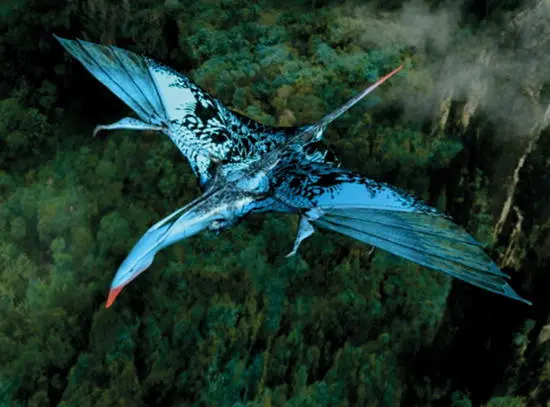
A banshee. An example of the fauna of Pandora: an invented alien creature that is part of a consistent ecology and extrapolated from parallels on Earth.

Tsu’tey, a Na’vi warrior. The Na’vi: humanoid but taller than humans, and with technology roughly corresponding to our New Stone Age period.
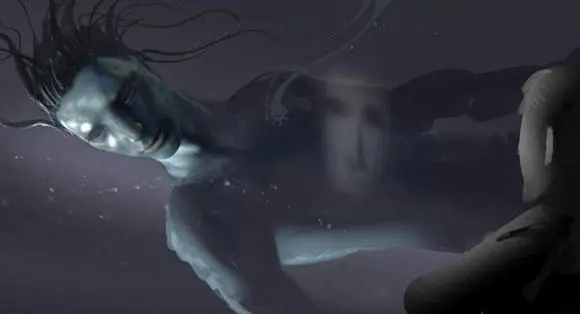
A concept design for an avatar. An artificial life form mixing human with Pandoran biological structures: able to host a human mind and survive the physical conditions of Pandora.

Neytiri. Behold the alien.
Читать дальше










